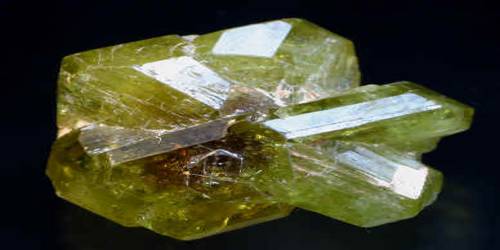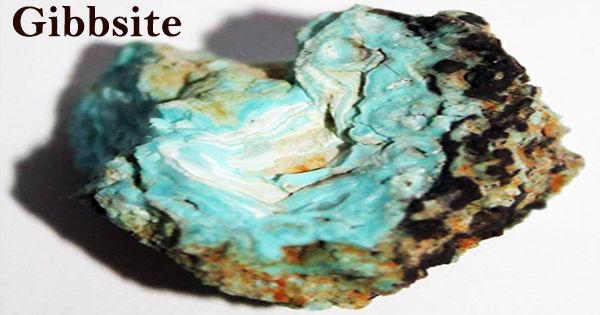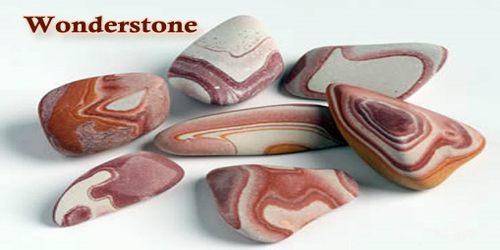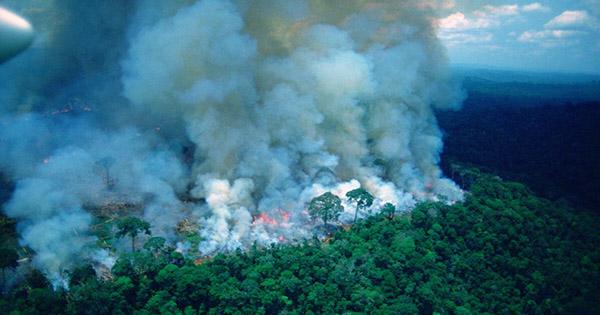Chrysoberyl
The mineral or gemstone chrysoberyl is an aluminate of beryllium with the formula BeAl2O4. It is a hard, tough, and durable gem. Although lacking the fire of other gemstones, Chrysoberyl in its various forms can be quite valuable. It is popularly known as cat´s eye. This variety exhibits pleasing chatoyancy or opalescence that reminds one of an eye of a cat.
The name chrysoberyl is derived from the Greek words χρυσός chrysos and βήρυλλος beryllos, meaning “a gold-white spar”. Despite the similarity of their names, chrysoberyl and beryl are two completely different gemstones, although they both contain beryllium. Chrysoberyl is the third-hardest frequently encountered natural gemstone and lies at 8.5 on the hardness scale, between corundum (9) and topaz (8).
General Information
- Category: Oxide minerals
- Formula: BeAl2O4
- Crystal system: Orthorhombic
- Crystal class: Dipyramidal (mmm)
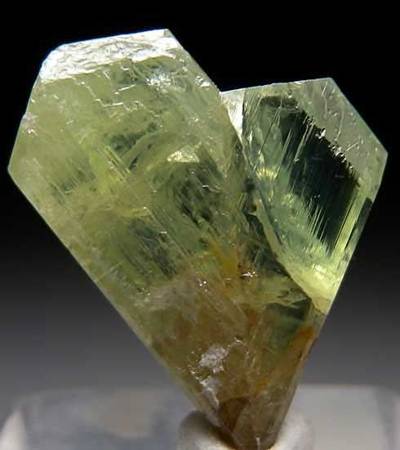
Properties
Ordinary chrysoberyl is yellowish-green and transparent to translucent. When the mineral exhibits good pale green to yellow color and is transparent, then it is used as a gemstone. The three main varieties of chrysoberyl are: ordinary yellow-to-green chrysoberyl, cat’s eye or cymophane, and alexandrite.
- Color: Various shades of green, yellow, brownish to greenish black,
- Crystal habit: Crystals tabular or short prismatic, prominently striated
- Fracture: Conchoidal to uneven
- Tenacity: Brittle
- Mohs scale hardness: 8.5
- Luster: Vitreous
- Streak: White
- Specific gravity: 3.5–3.84
Occurrence
Chrysoberyl forms as a result of pegmatitic processes. Melting in the Earth’s crust produces relatively low-density molten magma which can rise upwards towards the surface. The water extends the temperature range downwards before the magma becomes completely solid, allowing concentration of rare elements to proceed so far that they produce their own distinctive minerals.
The resulting rock is igneous in appearance but formed at a low temperature from a water-rich melt, with large crystals of the common minerals such as quartz and feldspar, but also with elevated concentrations of rare elements such as beryllium, lithium, or niobium, often forming their own minerals; this is called a pegmatite. The high water content of the magma made it possible for the crystals to grow quickly, so pegmatite crystals are often quite large, which increases the likelihood of gem specimens forming.
Information Source:
